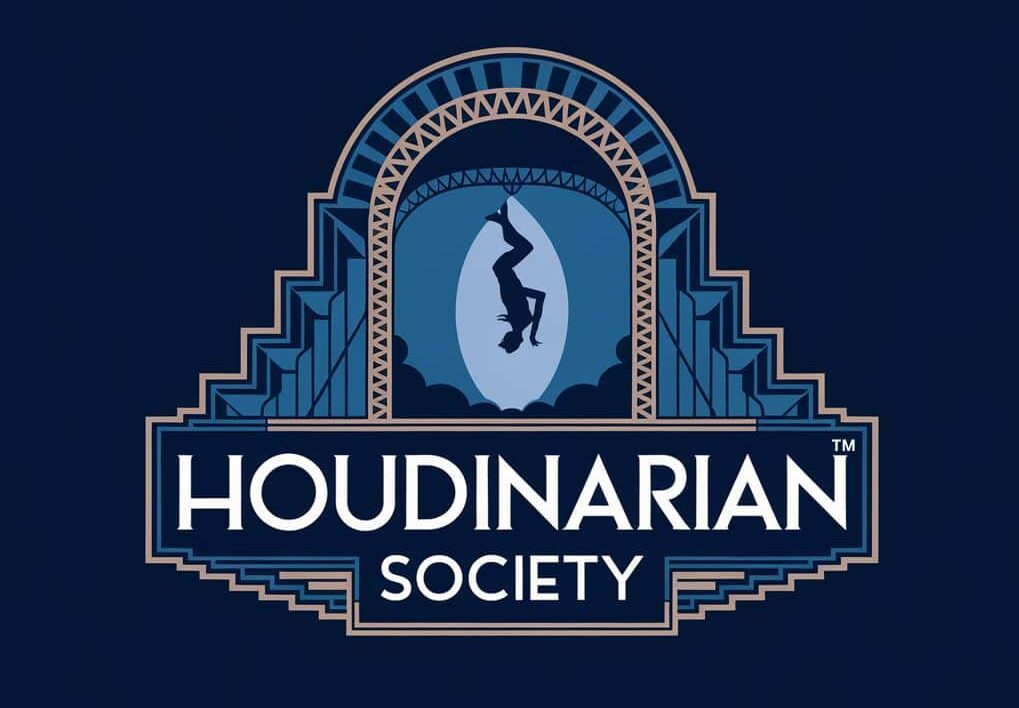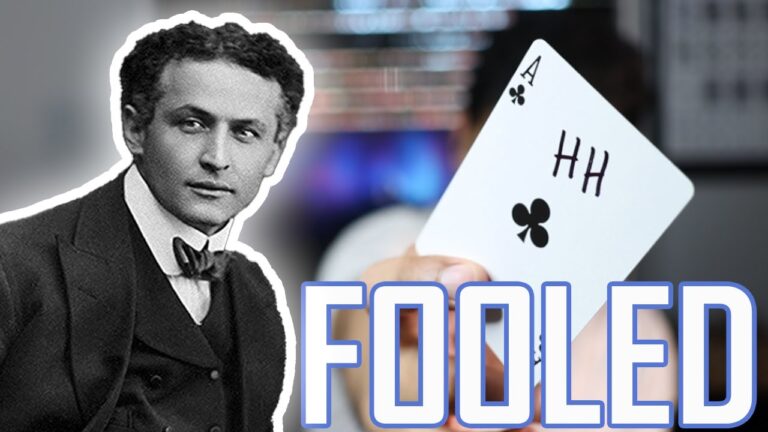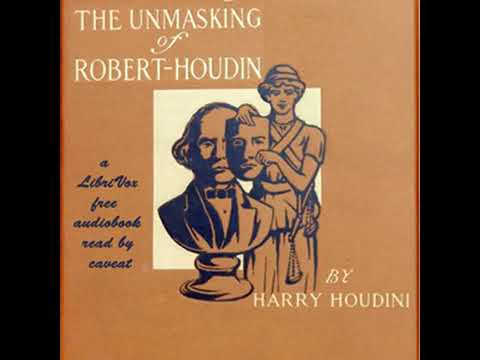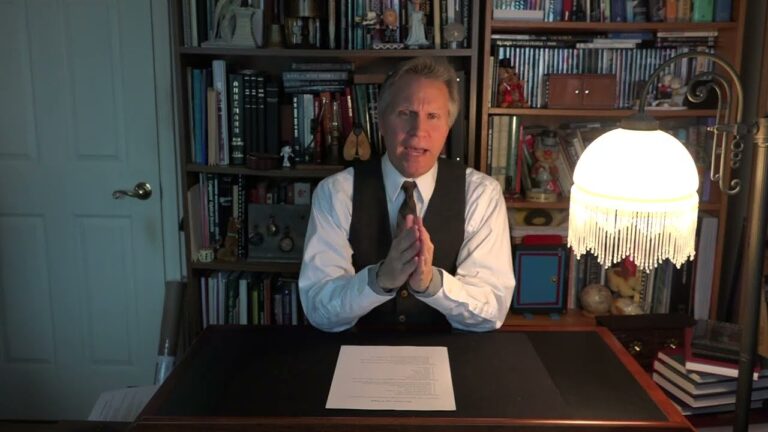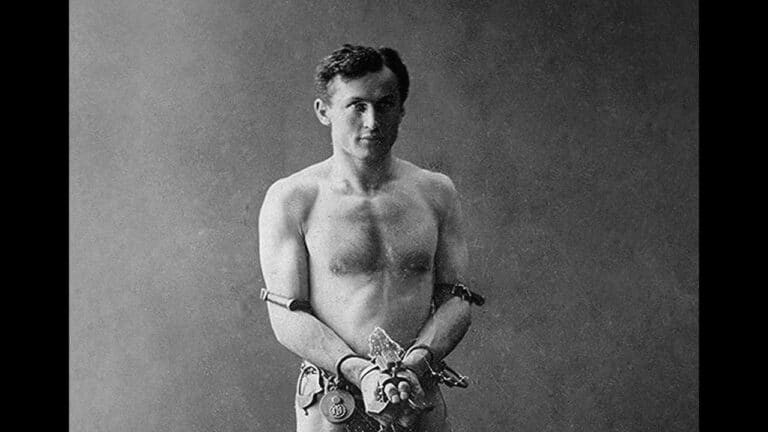The Doctor Who Tried To Save Houdini
Did Houdini’s own stubbornness—and a feud between doctors—cost him his life after a misdiagnosed ruptured appendix sent him spiraling into a fatal medical disaster?
In medicine we have a saying that goes ” any elevator operator would tell you” when something is so obvious and undeniable that someone with no medical education could make the diagnosis.
Such was the case with Harry Houdini. In this article I am not going to debate the traumatic appendicitis causation but rather look at the physician who tried to save Houdini, Dr. Leo John Dretzka.
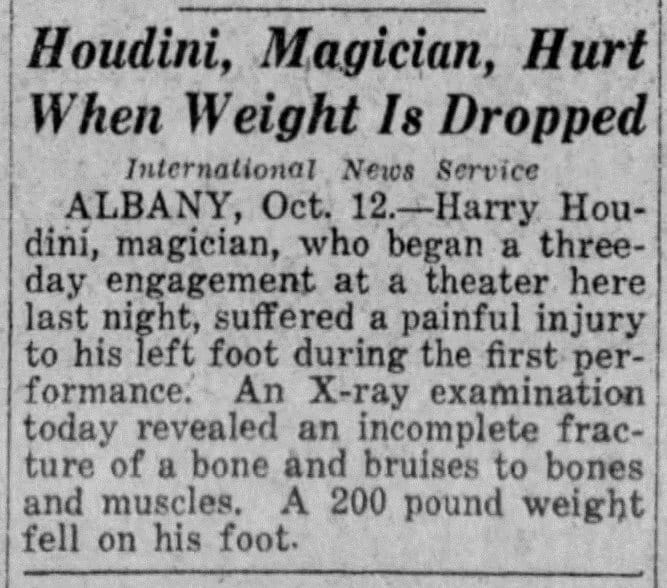
On October 11, 1926 in Albany, NY, the 200 -350 pound ankle stocks ( reports varied ) fractured as Houdini was being lifted upside down for the Chinese Water Torture stunt.
Dr. Elwynn Hannock, a physician in the audience, examined him, bandaging his foot and applying a temporary splint. An Xray confirmed the diagnosis of a hairline fracture with ligamentous injury, making it extremely painful to walk or stand for a minimum of 6 weeks, if not longer.
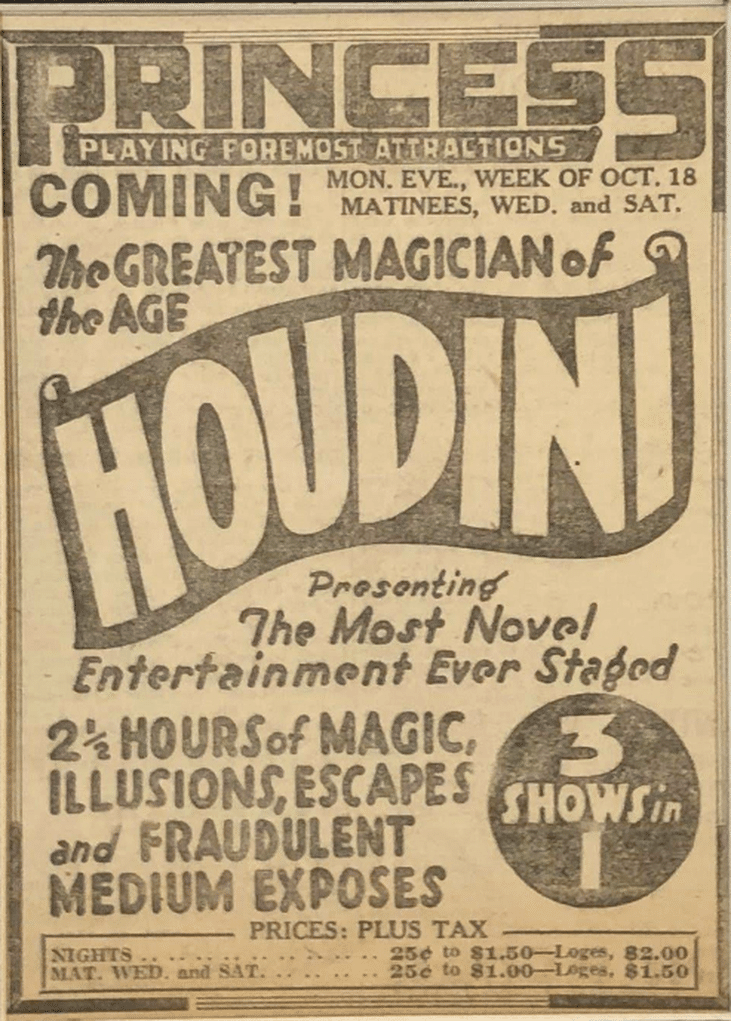
I emphasize this point, because statements were made that Houdini was sickly upon arrival in Montreal on October 18, only 1 week later, looking exhausted. With the help of a splint and bandages, he had performed 5 more days after the accident before arriving in Montreal.
Constant pain wears anyone down, and I don’t doubt Houdini was suffering greatly at the time.
The Blows
On October 19, he lectured to the students at McGill University, limping to the slightly raised platform with “drawn face and dark shadows under tired eyes” according to Samuel Smilovitz, a psychology student who attended the lecture.
Houdini would note in his diary that he “spoke for an hour, my leg broken.” This should lay to rest the opinion that he already was suffering from appendicitis.
Acknowledging he indeed met with students and was punched on October 22 several times on his right side as he lay on a bed for a portrait, the next set of events takes a dark, medical turn.
Train Trip to Detroit
By the time Houdini and Bess were on the train to Detroit on October 23, Harry was suffering severe abdominal pains and had an elevated temperature of 102. The nurse, who was accompaning the party, incorrectly gave him a “Seidlitz” powder, which is composed of bicarbonate of soda, potassium sodium tartrate and tartaric acid, which when mixed in water creates a “fizzy” concoction in order to produce a bowel movement.
However, laxatives of ANY kind are strictly prohibited if one is suspicious of appendicitis, especially in light of a fever, as it can increase pressure in the cecum and expand the worm-like structure, increasing the risk of rupture. An elevated temperature is not seen with normal constipation, but rather infection.
By the morning of October 24, Houdini complained of increasing abdominal pain and Mr Stuckel, his manager, called for a physician to meet them at the train station upon arrival.
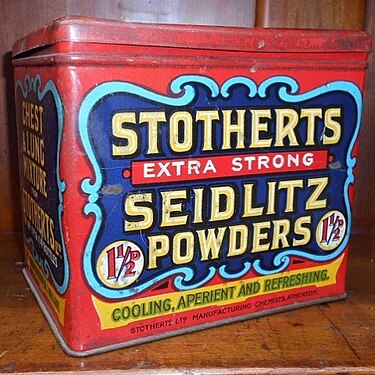
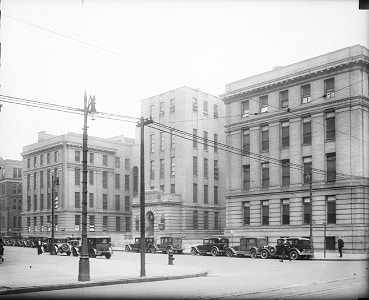
Detroit Receiving Hospital ( now Detroit General Receiving Hospital) has a rich history, dating back to the 1920s. At that time, it was known as the “Receiving” hospital, due to its location near the Michigan Central Railroad station, where it received emergency patients from across the country.
In the 1920s, Detroit Receiving Hospital was a major medical facility, equipped with the latest technology and staffed by skilled medical professionals, such as Dr. Dretzka. It is clear the call for a physician to meet Houdini at the train station wasn’t an unusual request for a trauma center.
Dr. Leo John Dretzka, Trauma Surgeon

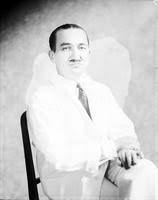
Dr. Leo John Dretzka, a prominent surgeon in Detroit, was what we would now label a “trauma surgeon.” He was of German descent, an American citizen and did his surgical residency at the Detroit Receiving Hospital. He was a Fellow of the American College of Surgeons.
He was married to Doris Moore, who starred in an off- broadway production of “Peg 0 My Heart” according to this newspaper clipping. He was also known to have a “wide acquaintance with men and women of the theatrical and writing profession.”
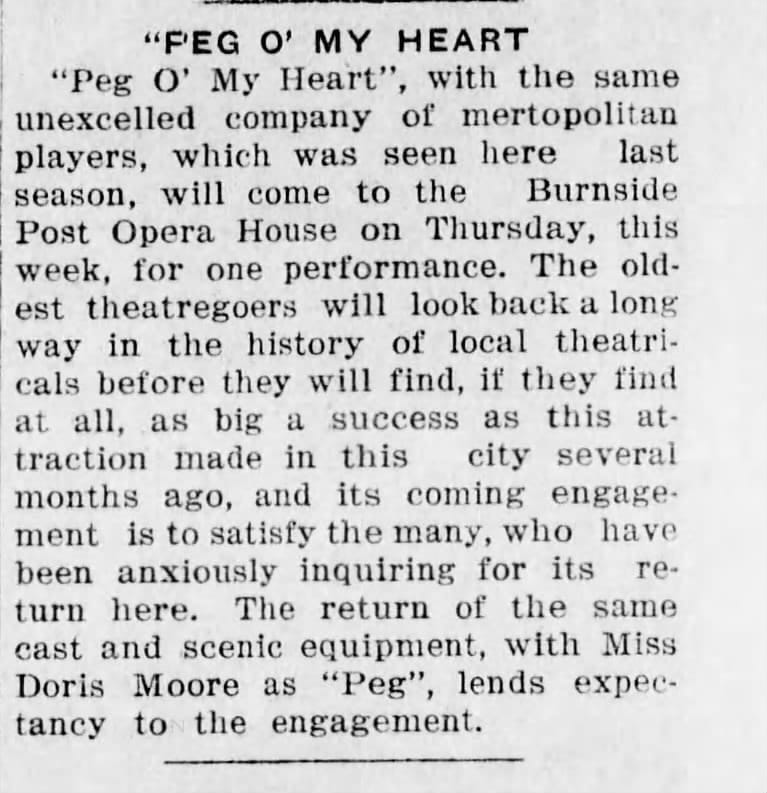
Dr. Dretzka had served with the American Expeditionary Forces, the US military forces deployed to Europe, particularly France, under the command of General John J. Pershing. He had first hand trauma experience and even specialized in neurosurgery or brain/spine surgeries.
With this background, he would be the ideal consultant to determine the cause of Houdini’s abdominal pain, especially after the accident in Albany.
These are just a few of his Publications:

The Journal of the Michigan State Medical Society, January to December, 1927
You can read his report on Acute Traumatic Injuries of the Abdomen starting on page 717. I have copied his section on traumatic appendicitis, which will have bearing on a future article.
“TRAUMATIC APPENDICITIS
This has not been recorded in our series
of cases ( THIS WOULD BE THE ONES AT RECEIVING HOSPITAL AND NOT GRACE HOSPITAL). Warbosse has contributed a few
cases to the literature, but in none of our
cases have we noticed this condition. It
must be extremely rare, if it does exist,
since more than 75 per cent of the cases
admitted to the Receiving Hospital are
traumatic in origin. Kelly-Noble state
“that it has not been proved that trauma
ever causes inflammation in a previous
normal appendix.” DaCosta states that
“in most cases in which appendicitis seems
to be produced by a blow the injury, at
most, simply ‘awakened a sleeping dog’,
and stirred into acute inflammation an appendix already diseased. It is well to be
skeptical as to external force causing appendicitis.” Sprengel says that ‘‘there is
no case in literature in which abdominal
trauma is alleged as the cause that has
been confirmed by scientific evidence.”
Fluroscopic examination is a routine
procedure for every patient who has received a gunshot wound of the abdomen.
This has often saved patients from being
explored when, even though abdominal
symptoms were present, the bullet was located extra-peritoneal.”
And if you are interested in the history of surgery as it existed in Victorian times, read “Lord Lister’s Influence on Modern Surgery” on page 693. No wonder surgeons were “barbarians” in Old England.
Dr. Dretzka had no problem diagnosing appendicitis, according to this article by the Associated Press ( NOT the New York Times) and without a doubt recommended immediate admission to the Detroit Receiving hospital under his care. However Houdini, who had a $1000 nonperformance penalty clause in his contract refuted his diagnosis and proceeded to the Statler Hotel where he experiences early signs of septic shock ( rigors, tremors) and an increase in temperature to 104.
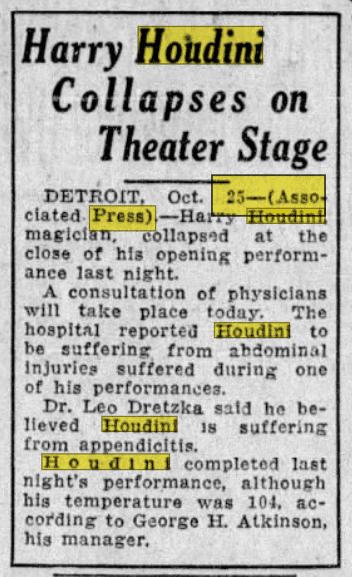
Despite these “elevator operator” signs, he goes to the theatre where, after the first act, he has convulsive seizures ( a sign of massive septicemia ).
THIS IS THE MOMENT OF RUPTURE and not during the actual assault in Montreal.
The instant a patient goes into septic shock, the death clock begins ticking, as every minute increases the spread of deadly neurotoxins and tissue liquification. It is considered a Code Sepsis, just under a Code Blue for cardiac arrest as to priority screening for services.
Houdini collapses again at the end of the show and returns to his hotel, where a newly minted post surgical resident is moonlighting as a substitute hotel doc while trying to develop his own practice.
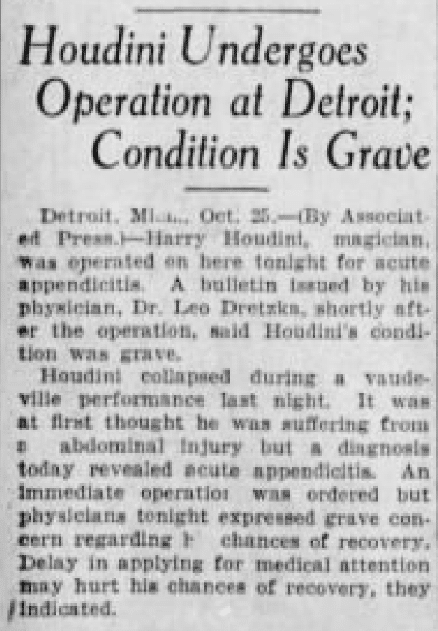
Enter Dr. Daniel E Cohn. Here is where the plot thickens. Cohn isn’t sure if its appendicitis or some abdominal trauma causing a hematoma, but knows the patient is in serious trouble. So, he calls his former Chief of Surgery, Dr. Charles Stuart Kennedy for a third opinion.
Dr Kennedy arrives at 3 AM and concurs with Cohn’s diagnosis of abdominal trauma, NOT appendicitis. This condition does not require surgery but Kennedy does recommend hospital admission, most likely for observation. However Houdini, doesn’t believe that is necessary and refuses to be admitted until he calls his family doctor in New York, Dr William Stone, who convinces him to get to the hospital…in this case Grace Hospital where Dr Kennedy is Chief of Staff.
There is no record of the precise time of the phone call, but Houdini does not undergo surgery for 12 more hours!
Notice how this AP report clearly shows that Dr Dretzka diagnosed appendicitis, while “a consultation of physicians will take place today” identifies that 1) Drs Cohn and Kennedy did NOT make a diagnosis of appendicitis but rather 2) abdominal trauma suffered during one of his performances from Albany to Montreal which was not seen as life-threatening.
The decision to operate was clearly not made for hours at Grace Hospital. An Xray and blood work would take precious time to come back, which would have been definitive enough to warrant exploration. I believe only Dr. Dretzka understood Houdini required an operation strictly from his brief exam, and that the cause was an impending ruptured appendix, knowing every moment of delay was a moment lost to save his life.
WHO WAS THE CHIEF SURGEON?
If you read the Associated Press reports, it appears Dr. Leo Dretzka is listed as Houdini’s physician and is the one reporting on his condition as grave after the procedure. No other physicians are mentioned by name. It is not unusual for doctors to have privileges at more than one hospital. However, years later after Dretzka’s death, Dr. Charles Kennedy claims he was the surgeon.
The Battle of the Press
A careful read of the New York Times article does NOT state Drs. Kennedy or Hewett were the surgeons, but more likely, were assistant surgeons in this case.
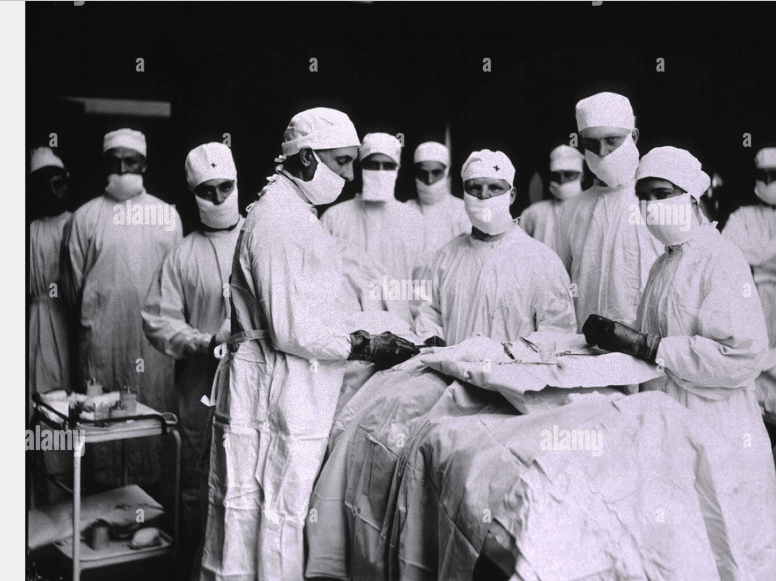
HOUDINI NEAR DEATH AFTER AN OPERATION
Magician Stricken With Acute Appendicitis During Performance
—Peritonitis Develops.
Special to The New York Times.
DETROIT, Mich., Oct. 25–Harry Houdini, famous magician, was reported near death in Grace Hospital tonight several hours after an operation for removal of the appendix had been performed.
The statement issued by physicians attending the magician said:
“Mr. Houdini was operated on at Grace Hospital at 3 o’clock this afternoon for an obscure abdominal condition which proved to be anomalous appendicitis. The appendix had ruptured far over on the left side of the abdomen and a strepococcic peritonis [sic] has developed as a result of the rupture. Grave doubts are entertained for his recovery.”
The bulletin was signed by John Taylor Watkins, Charles S. Kennedy, Herbert W. Hewitt and Daniel Cohen(incorrect spelling of his name)
Houdini was taken ill Sunday afternoon, but insisted on going through with his performances at the Garrick Theatre in the evening despite the fact that his temperature was 104 and that a physician ( Dr. Dretzka not mentioned by name) who examined him at the time declared that he was suffering from appendicitis.
According to Houdini’s manager, the magician complained of severe abdominal pains on the train while traveling to Detroit from Montreal Sunday. The first twinge of pain was felt last week after he had engaged in a friendly sparring match with a newspaper man ( it was a student) in his dressing room in a Montreal theatre.
Detroit physicians say this may have brought on complications that developed into acute appendicitis, although Houdini suffered no inconvenience at the time.”
The Coverup

It’s always political suicide to publicly humiliate a medical professional in the press, especially if he happens to be the one who founded the American College of Surgeons which has an oath of ethical behavior upon membership.
Now we start to see that the Associated Press is talking only to Dr. Dretzka while the New York Times is getting twice daily press releases signed from the other four doctors WITHOUT Dretzka being mentioned or credited for his astute diagnosis.
One can’t help but suspect a cabal has broken out between Dretzka and the Group of Four, who unanimously declare they always suspected appendicitis, especially after the AP publication of the conflict in diagnosis. What a PR nightmare!
Notice how this report states ” an immediate operation was ordered by physicians.” Why it took 12 hours for surgery to start is unexplainable and grossly negligent for ANY acute abdominal case. As chief of surgery, Kennedy would have no problem usurping or “bumping” as we say in the trade, a less emergent case for Houdini’s Code Sepsis.
In fairness, once Harry experienced seizures at the theatre there was no hope that he could survive any procedure, as sepsis at this stage, in the absence of antibiotics, is 100% lethal, as noted in Dr. Dretzka’s 1927 publication.
Had he been admitted once Dr. Dretzka saw him at the train station, Houdini’s life could have been spared as the appendix was inflamed but not ruptured until during the performance.
Houdini’s own stubbornness and fear of having to pay a $1000 penalty for non-performance was responsible for his demise as “delay in applying for medical attention may hurt his chances of recovery, they indicated.”
Ironically Dr. Leo John Dretzka would die at the age of 41 in 1930 within a week after an abrasion while horseback riding became infected with streptococci.
